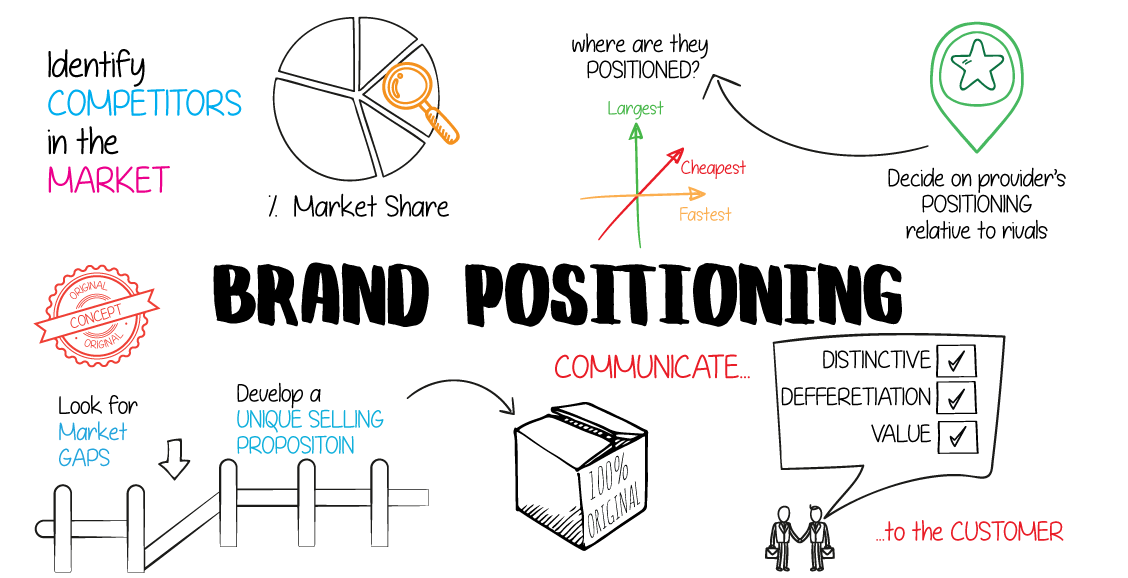
Brand Positioning
Brand positioning refers to the strategic process of defining how a brand wants to be perceived by its target audience in relation to competitors within the market. It involves establishing a unique and differentiated position in consumers' minds that sets the brand apart from others and resonates with their needs, preferences, and values.
Here's how brand positioning works:
Understanding the Market: Brands need to thoroughly analyze the market landscape, including competitors, target audience demographics, psychographics, and market trends. This understanding forms the basis for developing a unique brand positioning strategy.
Identifying Unique Value Proposition (UVP): Brands must identify their unique value proposition, which highlights the specific benefits or attributes that differentiate them from competitors. This could be based on product features, quality, price, customer service, or brand values.
Defining Target Audience: Brands need to clearly define their target audience segments and understand their needs, desires, pain points, and aspirations. This insight helps in crafting positioning messages that resonate with the target audience.
Crafting Positioning Strategy: Based on the market analysis, UVP, and target audience insights, brands develop a positioning strategy that articulates how they want to be perceived. This involves defining key positioning elements such as brand promise, brand personality, and the emotional or rational benefits the brand offers.
Communicating Positioning: Brands communicate their positioning strategy through various marketing channels and touchpoints, including advertising, branding, messaging, product packaging, and customer interactions. Consistent messaging and brand experiences across all touchpoints help reinforce the desired brand perception.
Evaluating and Adjusting: Brand positioning is not static and may need to evolve over time based on changes in the market, consumer preferences, competitive landscape, or internal factors. Brands should regularly monitor and evaluate their positioning effectiveness and make adjustments as needed to stay relevant and competitive.
Overall, effective brand positioning helps create a strong connection with consumers, builds brand loyalty, and drives long-term success in the marketplace.